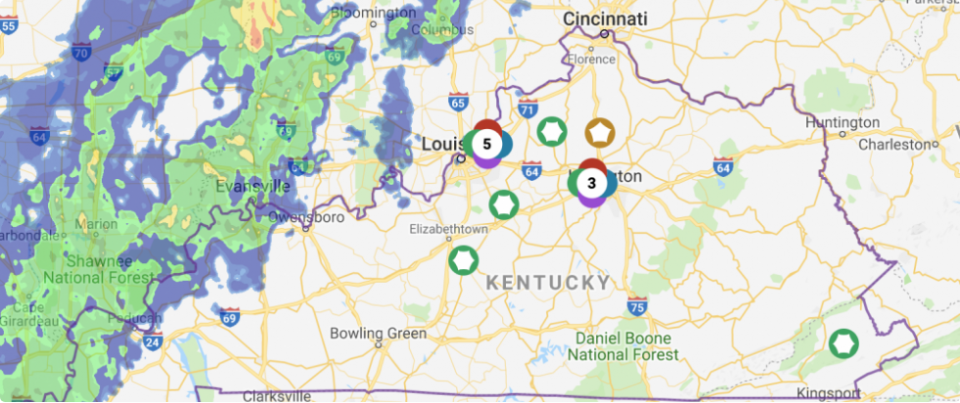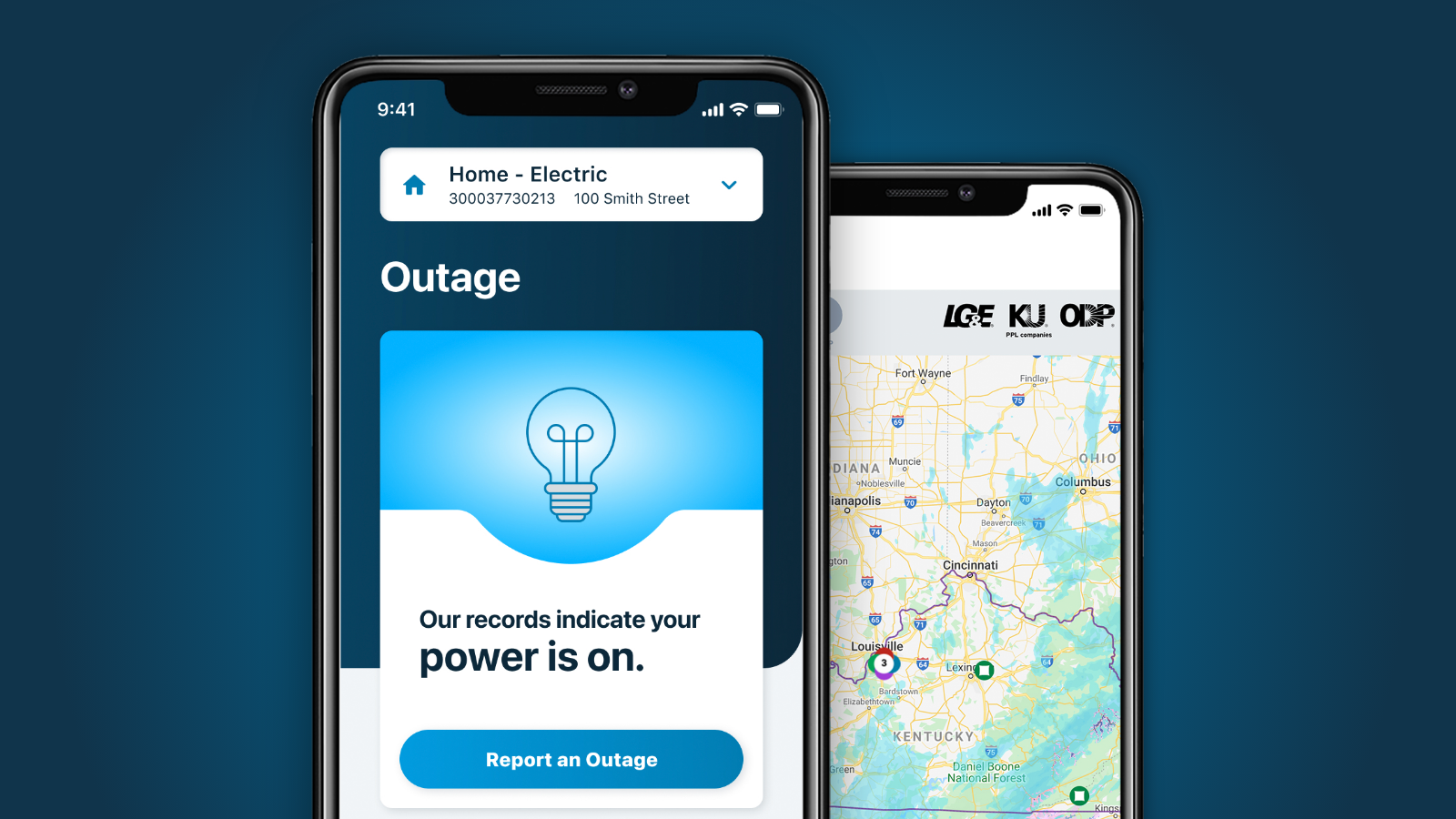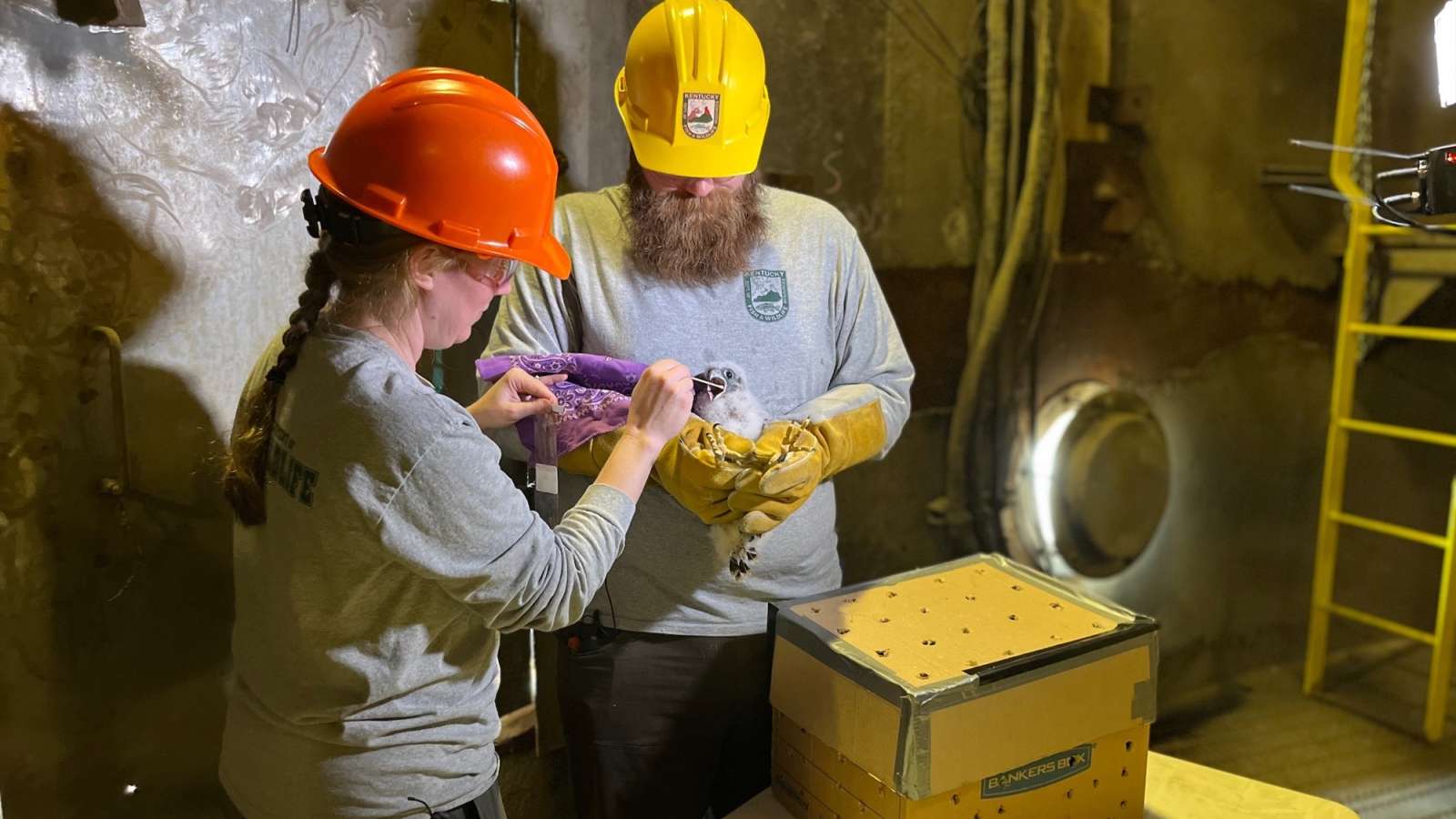Thank you for your continued interest and enthusiasm of our falcon cam. Each season, we're proud to provide a unique window into the lives of Kentucky’s peregrine falcons—a species whose recovery and conservation we’ve supported since the 1990s.
After consultation with our partners at the Kentucky Department of Fish and Wildlife Resources (KDFWR), unfortunately, the eggs laid this season will not be hatching.
In Kentucky, peregrine falcon eggs typically hatch within 33 to 35 days after being laid, and we are now well beyond that timeframe. While there are a number of possible contributing factors, the exact cause is unknown—a reality that can sometimes accompany nesting efforts in the wild.
In coordination with our partners at KDFWR, the eggs from the nesting box at Mill Creek will be collected after the adult falcons have moved on from this year’s nest. They will be preserved in a museum setting to support future peregrine falcon research and education.
While the nesting box at our Mill Creek Generating Station did not yield the outcome for which we had hoped, we remain committed to the long-term conservation of peregrine falcons. In fact, since 1999, nearly 200 peregrine falcons have been successfully raised and banded at LG&E and KU generating stations.
Our partnership with KDFWR and our live falcon cam are just part of our broader efforts to protect native wildlife and promote environmental stewardship across the communities we'd proud to serve. We will keep you updated on the nesting boxes at our other facilities where activity is taking place this season. Thank you for tuning in, and if you’d like to watch our all-natural lawn mowers at one of our solar facilities, visit lge-ku.com/sheep to view our live sheep cams.
“Our decades-long relationship with the Kentucky Department of Fish and Wildlife Resources has continued to help the peregrine falcon population prosper over the years, not only in Kentucky but across the United States,” said Cody Gibbons, environmental coordinator III at the Mill Creek Generating Station. “We’re thrilled to have so many people from around the world see our feathered friends up close, all while learning about our larger efforts to protect the natural environment.”
Michael Patton, KDFWR avian biologist, added, “We thank LG&E and KU for continuing to protect the peregrine falcon population, all while educating the public about the importance of environmental stewardship. It’s taken the hard work of so many committed employees at LG&E and KU over the years to help this once endangered species soar to new heights.”
Viewers can expect to see their first glimpse of eggs starting next month, with chicks hatching mid-April or early May.



